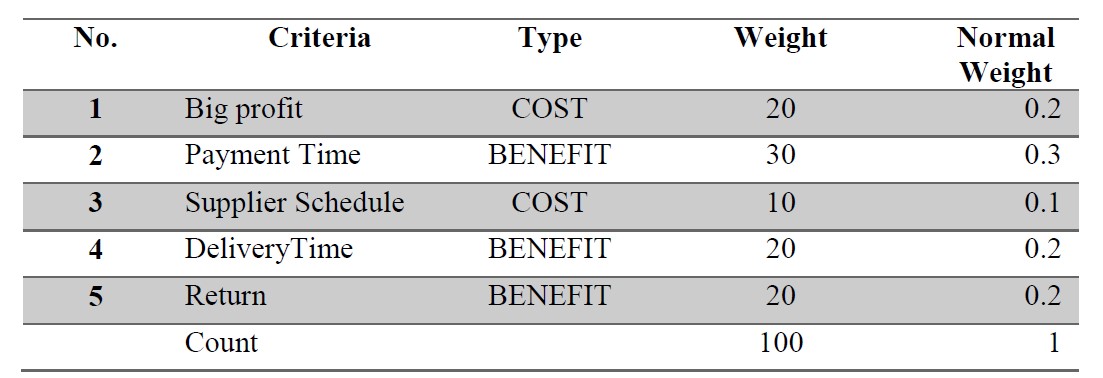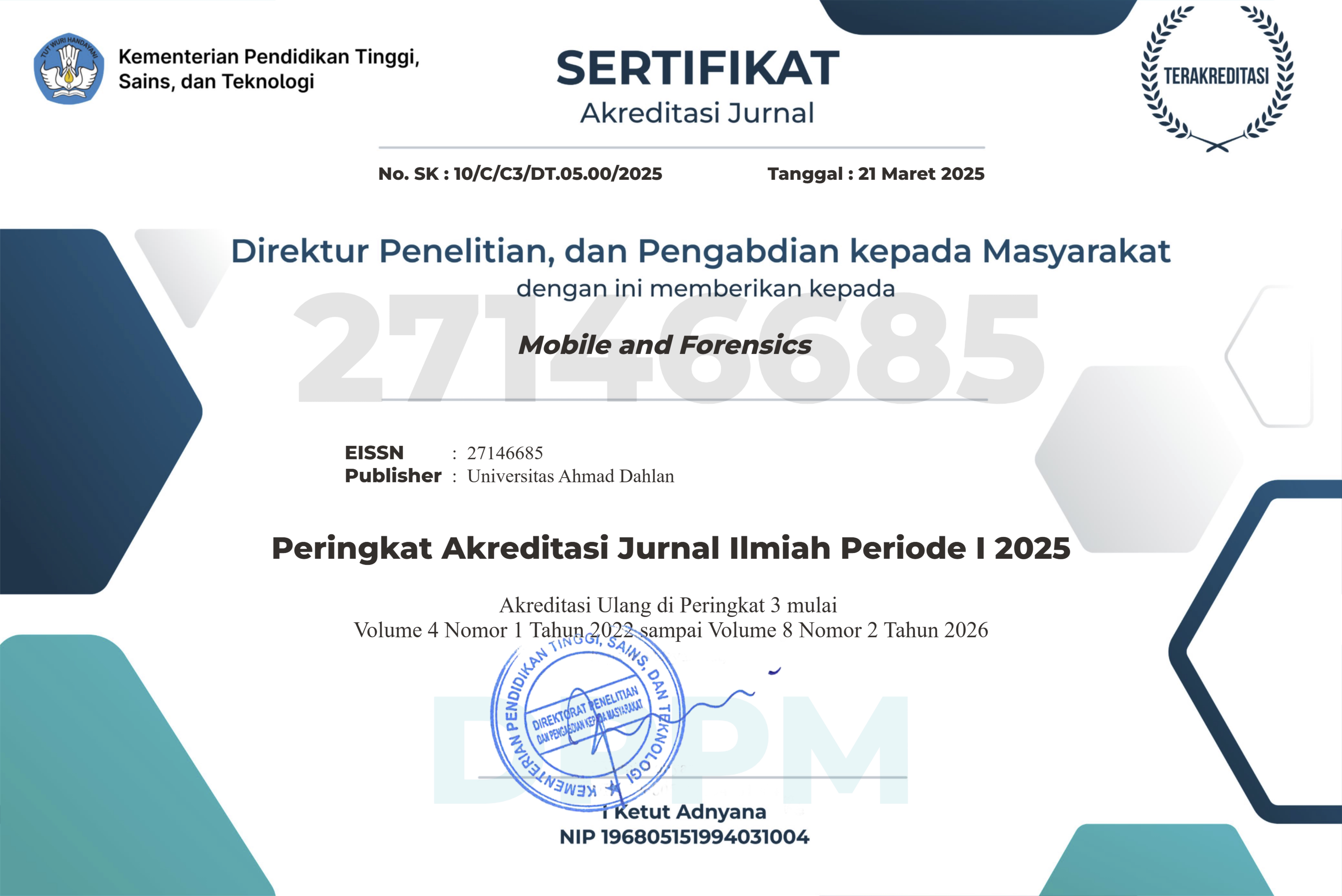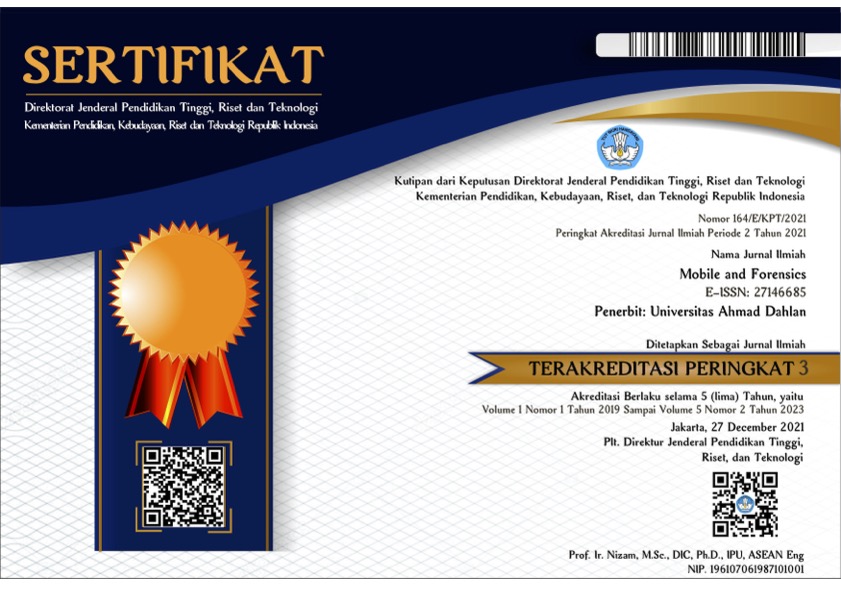Decision Support System For Election Suppliers of Goods Using The Simple Method Additive Weighting (SAW)
DOI:
https://doi.org/10.12928/mf.v4i1.5522Keywords:
simple additive weighting, decision support system, goods, selection, suppliersAbstract
Selection of suppliers of goods is the main key to starting a retail business. The market will find it difficult to determine suppliers because it will have a big effect on the final selling price. The Diva Shop is a medium-sized business that is still growing in the city. The system run by the store is still running on experience. As a store that is ready to compete, the store needs a supporting design system in determining the selection of suppliers of goods. The system is run using the Simple Additive Weighting (SAW) method. That The system that will be created uses the criteria that will be applied by the user based on the SAW method. The SAW design method uses a weighted summation method with the accumulation of various data, each value from the weight results obtained becomes the final decision. The Simple Additive Weighting (SAW) method can be applied properly and correctly to the decision support system at the Diva Store. The steps and results of calculations manually are the same as the steps and results of calculations performed by the system. For testing applications based on the Confusion Matrix method, the accuracy is 73.77% with an error percentage of 26.23%.
References
Maulana, F. dan Medelin, D., Sistem Pendukung Keputusan Memilih Tiket Pesawat Dengan Menggunakan Metode AHP, JTII, Vol. 5, No. 1, Hal. 1-6, 2020.
Susanti, Sistem Pendukung Keputusan Untuk Penyeleksian Konsumen Terbaik Dengan Menggunakan Metode Weighted Product (WP), FIKI Jurnal Teknologi Informasi dan Komunikasi, Vol. 9, No. 1, Hal. 8-15, 2019.
Wawuru, T. S. dan Nasution, S., Sistem Pendukung Keputusan Pemilihan Investasi Saham Berbasis Web Menggunakan Metode SMART, Jurnal Mahajana Informasi, Vol. 5, No. 1, Hal.
-13, 2020.
Santosa, T. I. dan Sari, R., Sistem Pendukung Keputusan Pemilihan Media Pembelajaran Online Menggunakan Metode TOPSIS, Riset dan E-Jurnal Manajemen Informatika Komputer, Vol. 5, No. 1, Hal. 69-75, 2020.
Reni, Widodo dan Adhi, B. P., Sistem Pendukung Keputusan Untuk Memprediksi Kelulusan Mahasiswa Pada Program Studi Pendidikan Teknik Informatika Dan Komputer
Dengan Menggunakan Algoritma Naïve Bayes, Jurnal Pinter, Vol. 4, No. 1, Hal. 1-4, 2020. [6] Leach, R. J., Software Engineering, Boca Raton: CRC Press, 2016.
Seidl, M., Scholz, M., Huemer, C. dan Kappel, G., UML @ Classroom: An Introduction To Object Oriented Modeling, Heidelberg: Springer, 2015.
Osis, J. dan Donins, U., Topological UML Modeling: An Improved Approach For Domain Modeling And Software Development, Amsterdam: Elsevier, 2017.
Limbong, T., Muttaqin, Iskandar, A., Windarto, A. P., Simarmata, J., Mesran, Sulaiman, O. K., Siregar, D., Nofriansyah, D., Napitupulu, D., Wanto, A., Sistem Pendukung Keputusan: Metode & Implementasi, Medan: Yayasan Kita Menulis, 2020.
Susanto, F., Pengenalan Sistem Pendukung Keputusan, Sleman: Penerbit Deepublish, 2020.
Wibisono, D., How To Create World Class Company: Panduan Bagi Manajer Dan Direktur, Jakarta: Gramedia Pustaka Utama, 2013.
Martono, R. V., Dasar-Dasar Manajemen Rantai Pasok, Jakarta: PT Bumi Aksara, 2019. [13] Elgamar, Buku Ajar Konsep Dasar Pemrograman Website Dengan PHP, Malang: CV. Multimedia Edukasi, 2020.

Downloads
Published
Issue
Section
License
Copyright (c) 2024 Gusti Aprilandri, Rumini Rumini, Dina Maulina

This work is licensed under a Creative Commons Attribution-ShareAlike 4.0 International License.
Start from 2019 issues, authors who publish with JURNAL MOBILE AND FORENSICS agree to the following terms:
- Authors retain copyright and grant the journal right of first publication with the work simultaneously licensed under a Creative Commons Attribution License (CC BY-SA 4.0) that allows others to share the work with an acknowledgment of the work's authorship and initial publication in this journal.
- Authors are able to enter into separate, additional contractual arrangements for the non-exclusive distribution of the journal's published version of the work (e.g., post it to an institutional repository or publish it in a book), with an acknowledgment of its initial publication in this journal.
- Authors are permitted and encouraged to post their work online (e.g., in institutional repositories or on their website) prior to and during the submission process, as it can lead to productive exchanges, as well as earlier and greater citation of published work.

This work is licensed under a Creative Commons Attribution-ShareAlike 4.0 International License.












 Mobile and Forensics (MF)
Mobile and Forensics (MF)